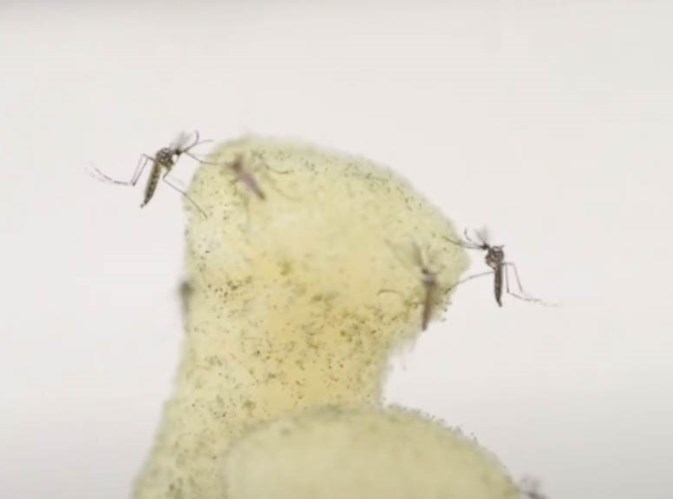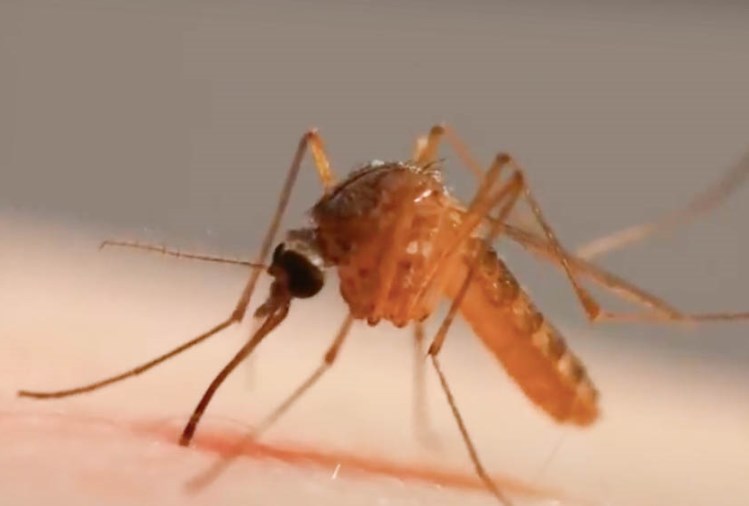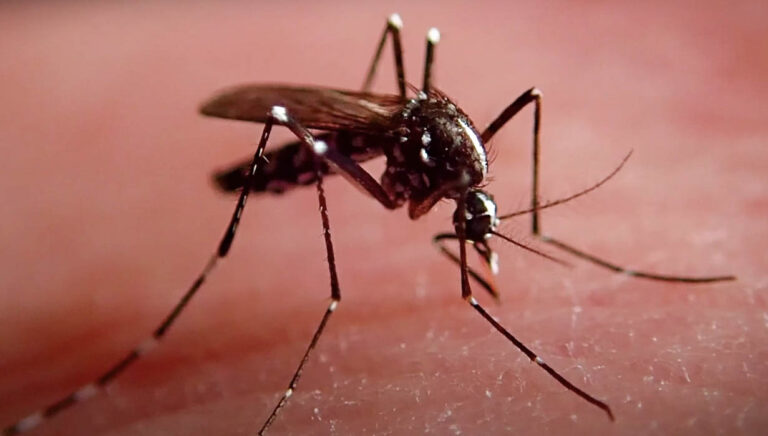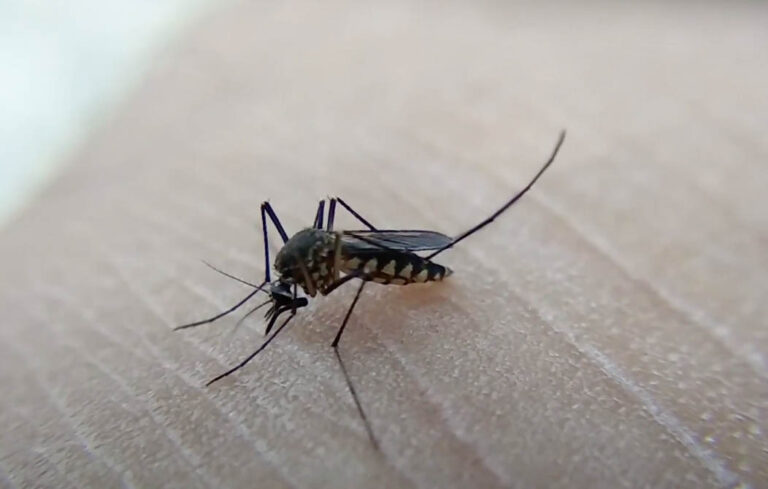About Yellow Fever Mosquitoes
About Yellow Fever Mosquitoes
Yellow fever mosquitoes get their name from the role they play in the spread of yellow fever. Although they can spread other diseases, they are the major culprits in the spread of yellow fever. They are mostly found in areas where yellow fever is endemic. Yellow fever is endemic in parts of Africa and South America.
Appearance
Yellow fever mosquitoes are known for physical features such as the markings on their dorsal side, which is in the form of a lyre. They also have unique white and black patterns on their legs.
They are dark-brownish to blackish insects, with their lengths ranging from 2 to 10 mm. It is noteworthy that yellow fever mosquitoes have similar features to Asian tiger mosquitoes.
The difference is in their size and the patterns on their thorax. The female and males differ in size, with the female being bigger than the male.

Behavior
They maintain close relationships with humans and establish large populations in human environments. Yellow fever mosquitoes feed on plant materials that are sources of sugar, such as nectar and plant juices. They are also blood-sucking insects. The blood-sucking insects are typically female as they require blood to produce eggs and reproduce. The males could feed only on plant materials.
They are most active during the day and are day biters. They also bite at dawn and dusk. Biting is restricted to the females as they are the blood-sucking species.
Although they can get blood meals from other warm-blooded animals, yellow fever mosquitoes specifically love to get their blood meals from humans. They are found in indoor and outdoor spaces. They could enter homes in search of blood meals or resting places.
Yellow fever mosquitoes are known as the main vectors of yellow fever. They also spread diseases like Zika fever and dengue fever. They are also known to be responsible for the spread of the Chikungunya virus.
The bites of the mosquitoes are not particularly painful. Instead, just like Asian tiger mosquitoes, they cause itchy bumps on human skin.
Life cycle
The life cycle of yellow fever mosquitoes is similar to that of Asian tiger mosquitoes. Just like Asian tiger mosquitoes, after they are laid, the eggs must be flooded in water for them to develop into larvae. The female also needs a blood meal to produce suitable eggs that develop into larvae. Because they need to be flooded to develop into larvae and they can withstand drought and harsh conditions, the eggs can be laid in natural and artificial areas that are prone to flooding. They lay eggs in a wide variety of environments including old tires, tree cavities, clogged gutters, and plastic containers. After they are covered in water, the eggs develop into larvae. The larvae typically attach to the surface of the water and breathe through siphon-like structures. The larvae of yellow fever mosquitoes develop through four phases before they molt into the pupa.

This is also seen in Asian tiger mosquitoes. They also feed on organic materials in the water through their mouth-like structure. During the pupa stage of development, yellow fever mosquitoes do not feed. They only breathe and, after the required period, develop into adults.
Habitat
The mosquitoes are typically found in tropical, subtropical, and temperate regions. Their reproduction and development are dependent on their location. In temperate regions, the eggs can survive for up to six months. The survival period varies according to the weather conditions and could be much shorter during winter.
Yellow fever mosquitoes are mostly found around human living environments. The origin of yellow fever mosquitoes has been traced to Africa. Reports indicate that they were transported to the rest of the world through ships.
In the US, they have more established populations in the southern states. Globally, yellow fever mosquitoes are some of the most established species.
Effective vaccines have been developed for the control of yellow fever. People that travel in and out of endemic areas are especially required to take the yellow fever vaccine.



